In this sense, Concordia has been ahead of the curve. And yet, thanks in part to advances made by its researchers, students and alumni, a more mainstream consensus has started to emerge about the potential for the arts and creative arts therapies to serve as resources for individuals who are experiencing life challenges.
Grief is undoubtedly among them. “It’s a natural process that we all go through at some point in our lives,” says Guylaine Vaillancourt, a pioneering music therapist who chairs the Department of Creative Arts Therapies. “And the arts can be transformative in working through the pain.”
Laurel Young, another music therapy professor at Concordia, has witnessed this first-hand in her more than 27 years of clinical and research experience.
“I have worked with mothers whose grief over the loss of a child was unresolved and impacting their lives years later,” she says. “For some, participating in an individualized songwriting process gave them an opportunity to ‘speak’ to their child and express things previously left unsaid. The song became tangible evidence that acknowledged and honoured their child’s existence in the world, and served as a vehicle for self-forgiveness.
“Through creative arts therapies, people can find their own ways of working through and living with grief that is constructive and personally meaningful for them. In music therapy, we work with bereaved individuals to find the sounds and music experiences to express what words alone cannot say.”
A natural part of life
The event in Iran that compelled Hanieh Tohidi, MA 20, to launch a creative safe-space was not the first tragedy to prompt a supportive, arts-oriented response at Concordia.
After a student in the Department of Art Education passed away on campus in 2019, Rebecca Duclos, the dean of the Faculty of Fine Arts at the time, led efforts to provide resources for students, faculty and staff, as well as the student’s family.
Those resources included art hives. Two four-hour sessions were hosted at Sir George for weeks, and gave a wide range of Concordia community members the opportunity to take comfort and commune with others in grief. As Duclos told the Montreal Gazette, the tragedy “fast-tracked a lot of training that the whole university was ready to engage in.”
Added Yehudit Silverman, a professor emeritus in the Department of Creative Arts Therapies: “Meaning-making is the only thing that allows for healing. And that meaning-making doesn’t [necessarily] mean we figure out why [death happens].”
At a March workshop at Concordia entitled “Grieving, Mourning, Memory: A Conversation,” Duclos, whose scholarly work on death is paired with her work as a death doula for palliative-care patients, said: “Dying is the one thing that we will all do. [It is important that] we demystify it and see it as a natural part of life.”
The expressive arts can be a powerful salve or resource in this regard.
Maria Riccardi, BFA 95, a lecturer at Concordia with graduate degrees in art therapy and educational technology, has implemented a range of art-based programs, most notably for adolescents and adults alienated because of mental or physical illness, immigration status or poverty.
In a paper published online by the Canadian Art Therapy Association in 2020, Riccardi and two other researchers demonstrated how the expressive arts can be effective in end-of-life care for patients and loved ones faced with loss.
“The creative process allows the participants to reflect on past events, to be aware of the present mood, and then discuss their concerns about life and death issues,” Riccardi and her co-authors wrote. “Through the series of [expressive arts] activities, participants develop a deeper understanding of their body, mind and spirit in the face of death, and strengthen their connection with their families and other beings.”
Although there is a growing body of research on the use of the arts in grief work, the paper noted that more work is needed.
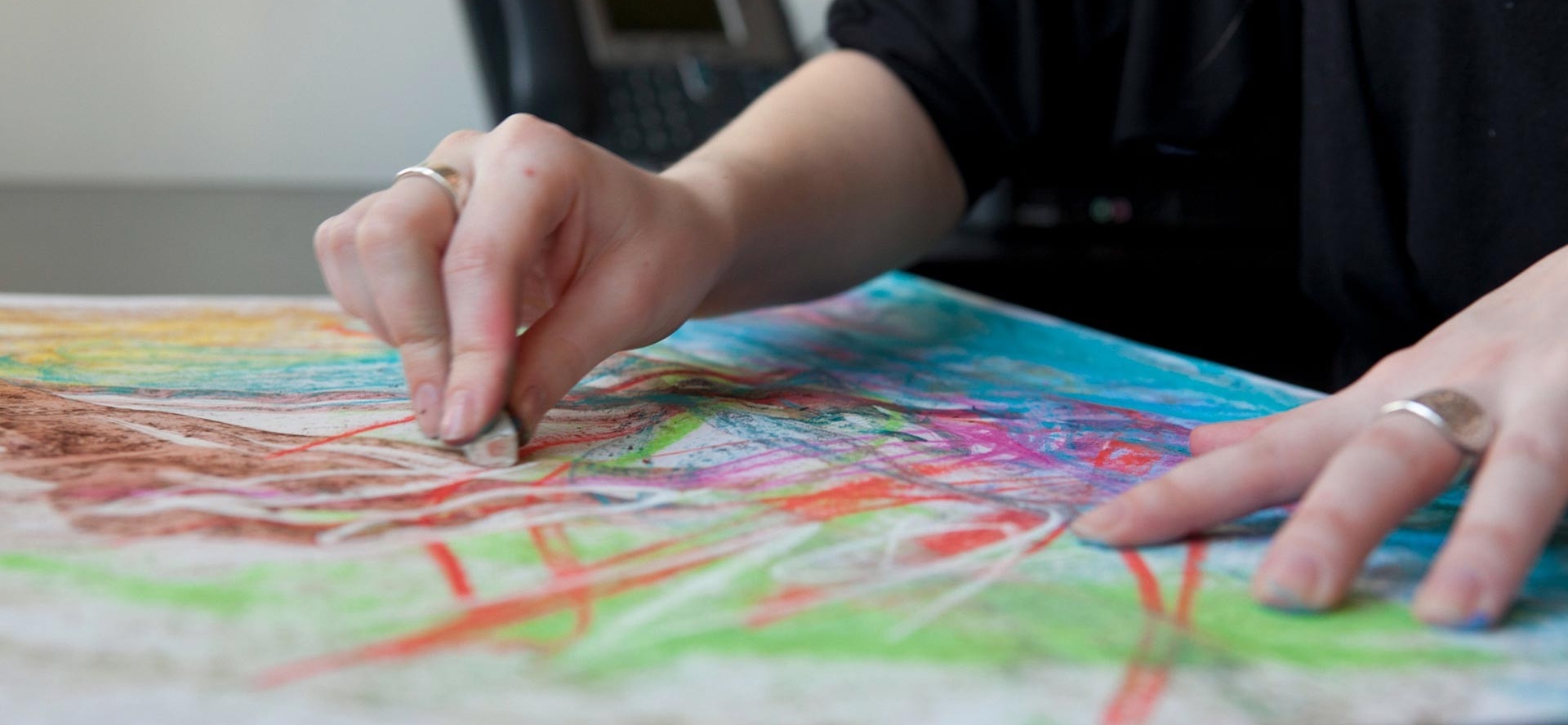
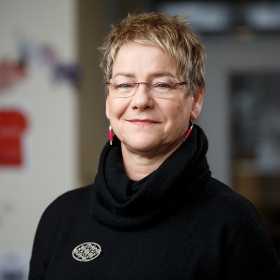 Guylaine Vaillancourt: “The arts can be transformative in working through the pain.”
Guylaine Vaillancourt: “The arts can be transformative in working through the pain.”
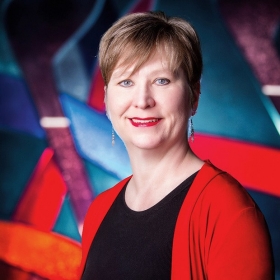 Laurel Young: “In music therapy, we work with bereaved individuals to find the sounds and music experiences to express what words alone cannot say.”
Laurel Young: “In music therapy, we work with bereaved individuals to find the sounds and music experiences to express what words alone cannot say.”
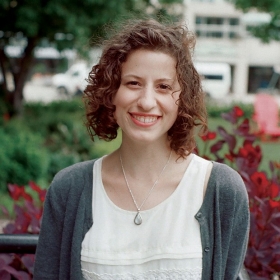 Katherine Valkanas: “One of the wonderful aspects of art therapy is that it can be person-centred to meet the needs of clients.” | Photo: Van Wickiam
Katherine Valkanas: “One of the wonderful aspects of art therapy is that it can be person-centred to meet the needs of clients.” | Photo: Van Wickiam
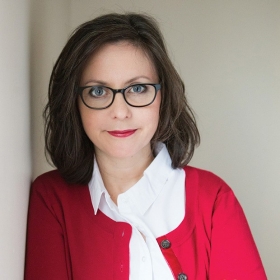 Heather McLaughlin: “We’re proud of the work we and our graduates are doing not just here, but across North America and abroad.” | Photo: Karine Kalfon
Heather McLaughlin: “We’re proud of the work we and our graduates are doing not just here, but across North America and abroad.” | Photo: Karine Kalfon